Market Trends
Key Emerging Trends in the Vapor Deposition Market
The vapor deposition market has been experiencing significant trends that are shaping its landscape and driving its growth. One prominent trend is the increasing demand for thin-film deposition techniques in various industries such as electronics, automotive, aerospace, and medical devices. Thin-film deposition methods, including physical vapor deposition (PVD) and chemical vapor deposition (CVD), are being widely adopted for their ability to deposit uniform, high-quality films on substrates with precise control over thickness and composition.
In recent years, there has been a growing focus on improving the efficiency and performance of vapor deposition processes. Manufacturers are investing in research and development to enhance deposition techniques, develop new materials, and optimize process parameters. This trend is driven by the need to meet the evolving requirements of advanced applications, such as semiconductor manufacturing, where thin-film deposition plays a crucial role in device fabrication and performance.
Another notable trend in the vapor deposition market is the increasing adoption of vacuum deposition techniques. Vacuum deposition methods, which involve depositing materials in a low-pressure environment to minimize contamination and improve film quality, are gaining popularity across various industries. This trend is driven by the growing demand for high-performance coatings with superior mechanical, optical, and barrier properties.
Furthermore, there is a rising interest in the use of atomic layer deposition (ALD) and molecular layer deposition (MLD) techniques for advanced thin-film deposition applications. ALD and MLD offer unique advantages, such as atomic-level control over film growth, excellent conformality, and the ability to deposit ultra-thin films with precise thickness control. These techniques are finding applications in areas such as semiconductor devices, energy storage, and biomedical implants, driving their adoption in the vapor deposition market.
Moreover, sustainability and environmental considerations are increasingly influencing market trends in vapor deposition. Manufacturers are exploring eco-friendly deposition processes and materials that minimize waste generation, energy consumption, and harmful emissions. This includes the development of green deposition technologies, such as water-based and solvent-free deposition methods, as well as the use of recyclable and renewable materials for thin-film deposition.
The vapor deposition market is also witnessing significant growth in demand from emerging economies, particularly in Asia-Pacific. Countries like China, India, and South Korea are investing heavily in infrastructure development, industrialization, and technological advancement, driving the demand for vapor deposition equipment and services. This trend is supported by the presence of a robust manufacturing base, increasing consumer electronics production, and rising investments in research and development activities.
Furthermore, the advent of advanced materials and novel applications is opening up new opportunities in the vapor deposition market. For instance, the emergence of 2D materials, such as graphene and transition metal dichalcogenides, has sparked interest in developing novel deposition techniques and processes for their synthesis and integration into electronic and optoelectronic devices. Similarly, the growing demand for flexible and transparent conductive coatings for applications like flexible displays, solar cells, and wearable electronics is driving innovation in vapor deposition technologies.

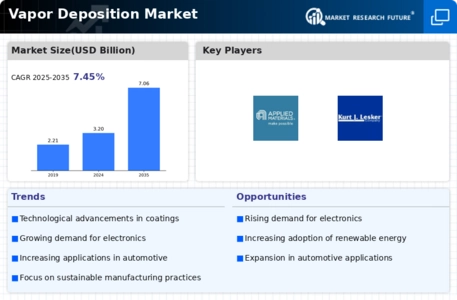

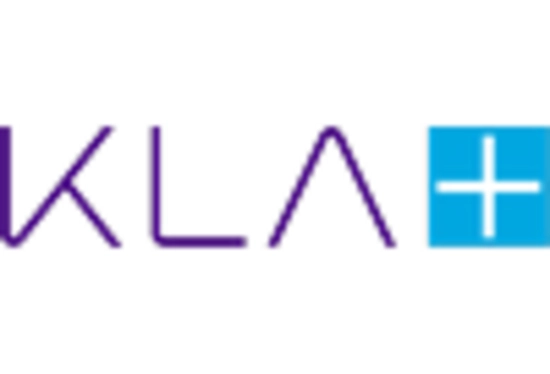

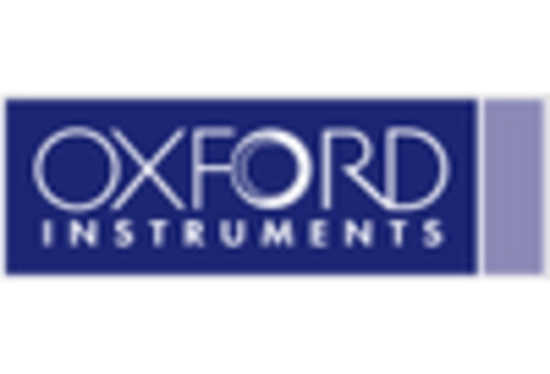
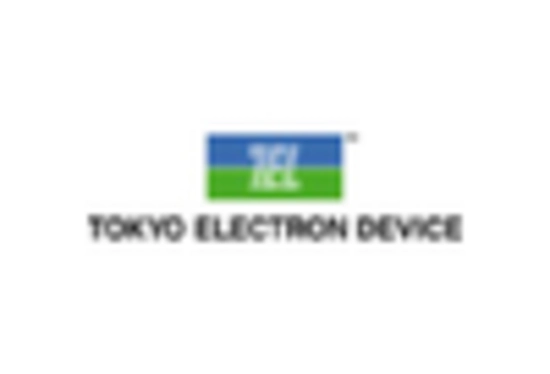
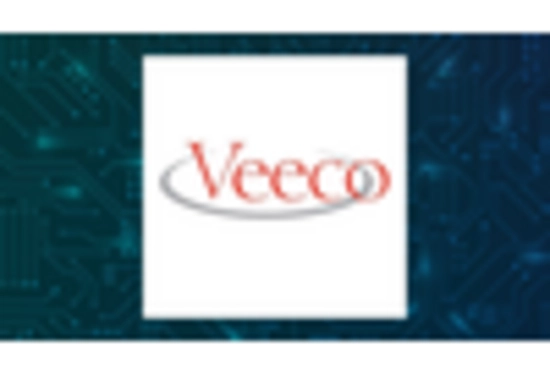









Leave a Comment